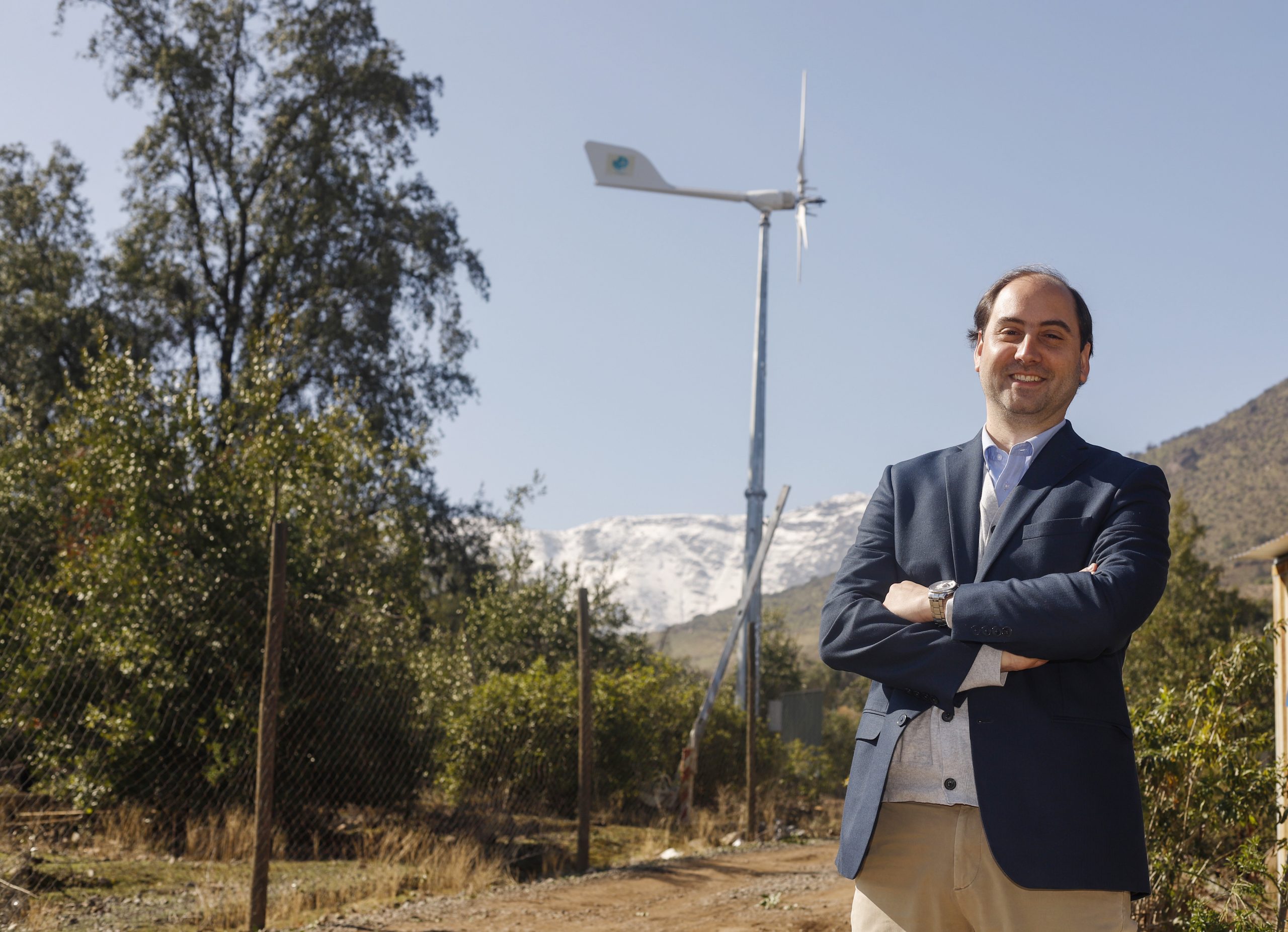The publication Engineering Structures highlighted the work that will improve the maintenance and seismic resilience of the country's bridges.
The academic vice dean of the School of Engineering and Applied Sciences at UANDES , Rodrigo Astroza, conducted an investigation on the effects of chloride corrosion and soil-structure interaction on the seismic performance of bridges, which will contribute to the maintenance of the road structure of our country. This project has the participation of professors Ramiro Bazáez (Universidad Técnica Federico Santa María); Francisco Hernández (Universidad de los Andes); Francisco Pinto (who was a Fondecyt postdoctoral fellow at UANDES and is currently a professor at Universidad de Chile); and Nibaldo Navarro (former graduate student at Universidad Técnica Federico Santa María).
There are currently 7,250 bridges in Chile, of which 6,800 are under the control of the MOP's Roads Directorate and 450 are concessioned bridges, which are a fundamental element for the proper functioning of transportation. This research will improve maintenance programs and the seismic resilience of bridges in the country and also in other seismic countries with infrastructure in coastal areas.
"We took a fully probabilistic approach, as there are high uncertainties in several aspects of this problem. In particular, the onset and progression of corrosion is a highly uncertain phenomenon, as are the seismic stresses acting on the structures. On the other hand, the boundary conditions of the structures are not completely known, so it is important to analyze and evaluate how the structural behavior is modified if the interaction between the soil and the structure (in particular, its foundation system) is included or if a fixed condition at the supports (commonly used in practical engineering) is considered. All these phenomena were incorporated in nonlinear finite element models, and through Monte Carlo simulations, we obtained fragility curves of the bridge components and of the complete system. These curves allow us to estimate the probability of damage given the levels of corrosion and seismic intensity that the structure is subjected to.The complete information can be found in the research paper," explains Astroza.
This research will improve maintenance programs and the seismic resilience of bridges in the country and also in other seismic countries with infrastructure in coastal areas.
This project was highlighted by the journal Engineering Structures, a widely recognized publication in Structural Engineering. "Our work was recognized in the articles from the America/Africa region, which includes all the countries of these two continents. It is a tremendous joy and validation of the quality of the research we carry out in Chile and at UANDES in the field of Structural and Earthquake Engineering, especially when dealing with a problem of great relevance for Chile and other seismic countries," concludes the academic vice-dean of the School of Engineering and Applied Sciences.

